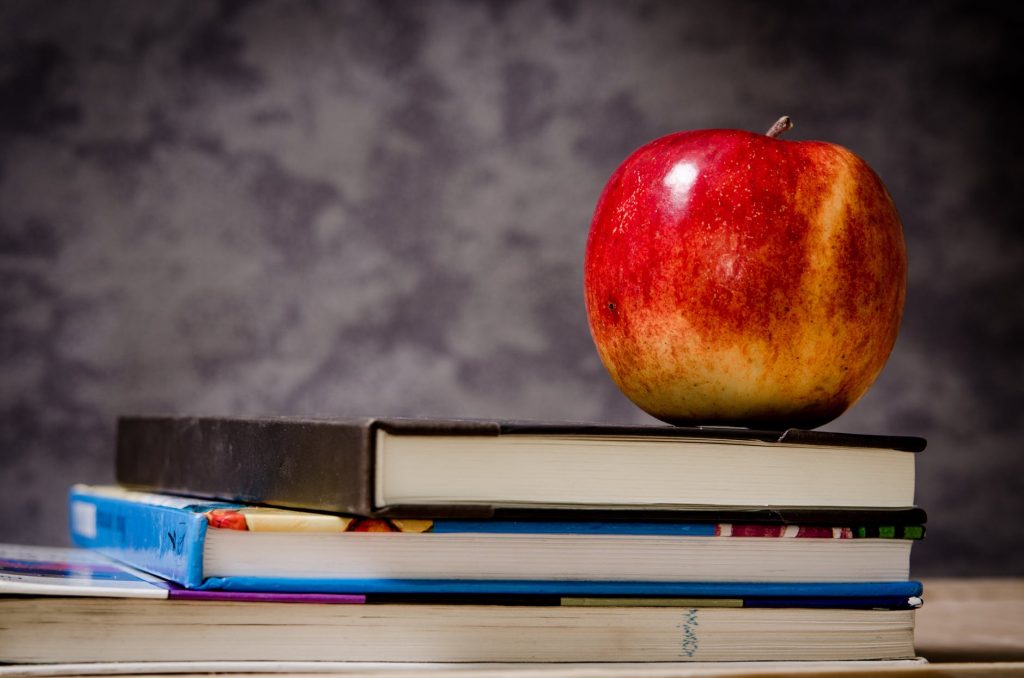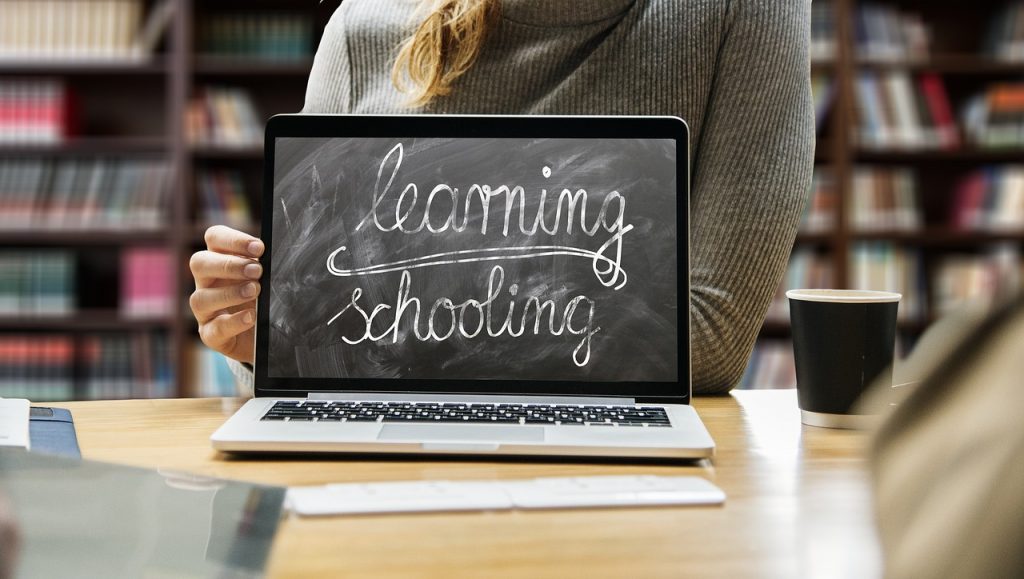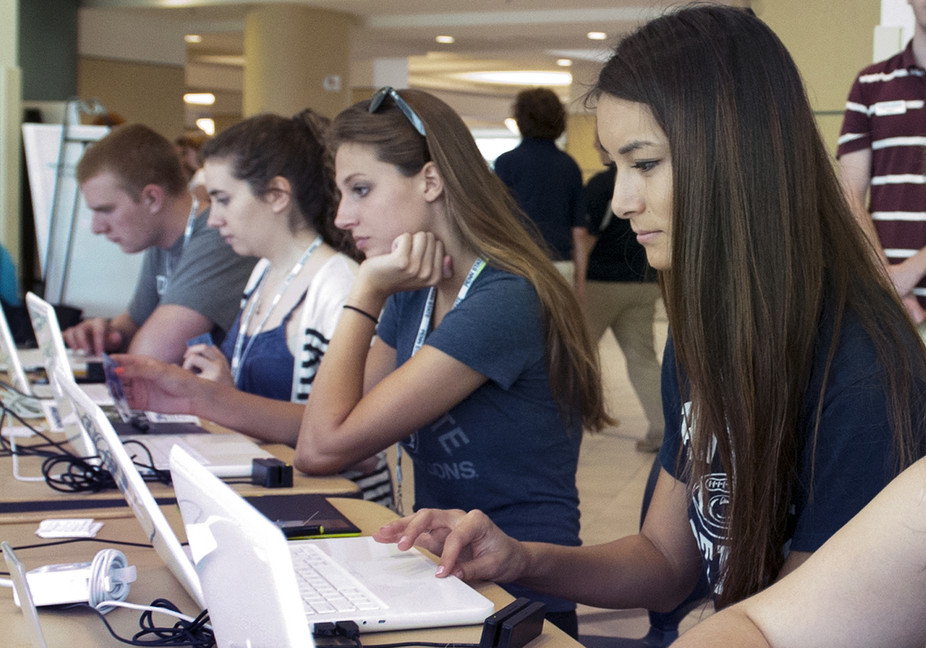Are you looking for strategies to help students who are not motivated by rewards? If so, keep reading.
1. Organize a reinforcer survey with the student to ascertain their reinforcer preferences.
2. Connect with parents to ascertain what the student finds reinforcing at home.
3. Show tasks in the most attractive, exciting manner possible.
4. Draft an agreement with the student so they can earn reinforcement at home for appropriate behavior at school.
5. Make sure that the student can be successful at school to earn reinforcement.
6. Give a wide assortment of reinforcers for the student at school (e.g., eating lunch with the teacher; one-to-one time with the teacher, principal’s assistant, assistant to the custodian; extra time in a favorite class, etc.).
7. Praise the student in private. Public reinforcement might embarrass the student.
8. Create an agreement with the parents that access to enjoyable learning activities at home (e.g., watching television, riding bike, visiting with friends, etc.) will be contingent upon appropriate behavior at school.
9. Connect with parents, agencies, or appropriate parties to tell them about the problem, identify the cause of the problem, and discuss potential solutions to the problem.
10. Give reinforcers that are social in nature (e.g., extracurricular learning activities, clubs, community organizations such as 4-H, scouting, YMCA, YWCA, etc.).
11. Assist the student in creating an interest in a hobby that can be used as a reinforcer at school (e.g., stamp collecting, rock collecting, model school building, photography, art, reading, sewing, cooking, etc.).
12. Get the student to make a list of reinforcements for which they are willing to work.
13. Consider using an adaptive behavior management app. Click here to view a list of apps that we recommend.
14. Consider using Alexa to help the student learn to behave appropriately. Click here to read an article that we wrote on the subject.
15. Click here to learn about six bonus strategies for challenging problem behaviors and mastering classroom management.











